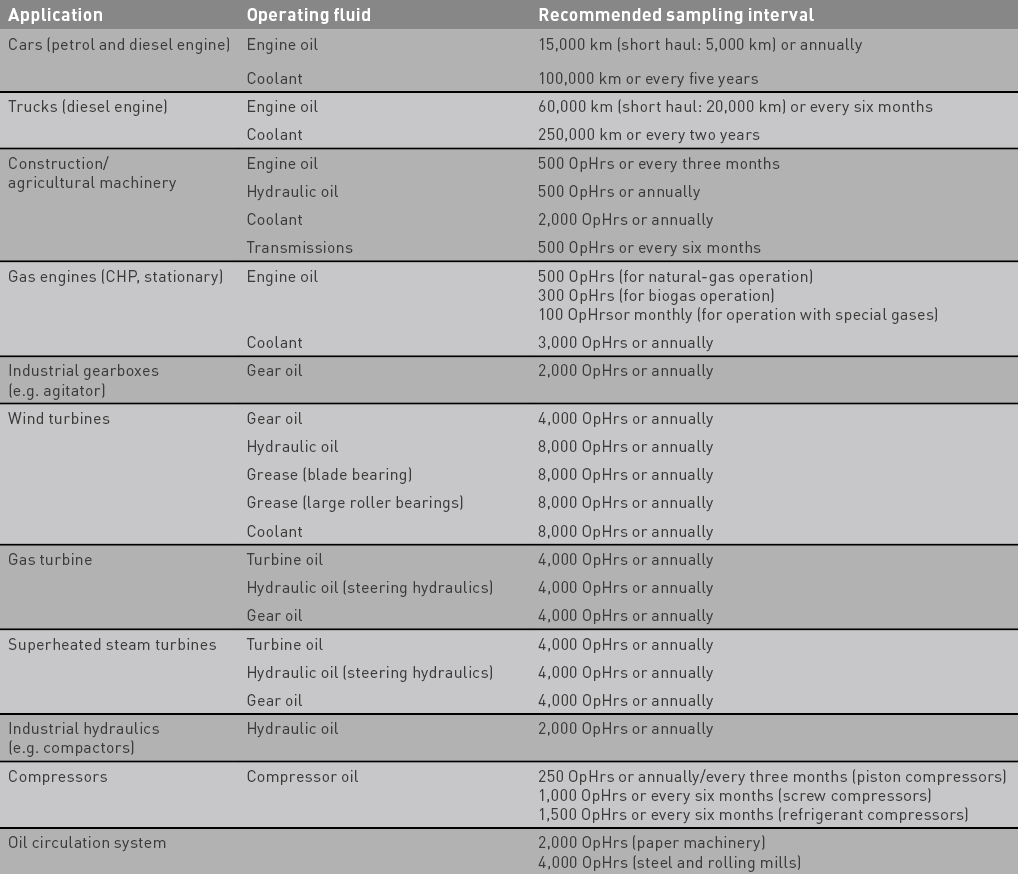Reducing CO₂ emissions – Oil changes and analyses are key factors
Our blue planet is sending us an SOS. Greenhouse gases, particularly gases harmful to the climate such as carbon dioxide (CO2), affect global warming and destabilise the climate. That means we all need to reduce carbon emissions drastically.
Responsible companies are taking a holistic approach. All aspects of the value chain are taken into account to reduce CO2 emissions and achieve climate neutrality as soon as possible.

Lubricants must not be overlooked when taking measurements, as they make sure that plants and machines are kept up and running. Although lubricants generate CO2 during their production, use and disposal, they can be used smartly to save a greater amount of CO2 and energy many times over.
- Even making the switch to modern, premium lubricants can have a positive effect on a company's CO2 emissions. The majority of thinner products significantly reduce friction and wear on the components and help to ensure higher energy efficiency during operation, which saves millions of tonnes of CO2 every year in itself.
- However, CO2 savings could reach another level entirely. One condition is that you don't change the oil according to fixed intervals. That's because modern, premium lubricants can be used for far longer. This not only has a positive effect on a company's balance sheet, but it also drastically reduces CO2 emissions, too.
- OELCHECK's professional, all-inclusive analyses provide an answer to the question of how long lubricants can actually be used for. They also ensure the operational safety of systems and components. That said, it depends on how often the analyses take place. The analysis intervals listed in the table on the next page are tried and tested for the most common oils and their applications.
The OELCHECK CO2 calculator works for used oil with a calculation factor of 3.8 per litre. This consists of 1.22 kg of CO2 for fresh oil and its production and transport, plus 2.58 kg of CO2 for the disposal and recycling of the used oil. The calculator assumes the oil change interval is extended by 100%. The calculation factor is moderate at 3.8 per litre. However, the actual CO2 savings potential is likely to be much higher.
In short, unlock the full potential of your lubricants, extend their change intervals and safeguard their use with OELCHECK all-inclusive lubricant analyses, and reduce your company's carbon footprint.

Recommended sampling intervals for trend analyses
These standard recommendations apply if no timeframe or runtime until the next sample is specified in the laboratory report or if there are no other specifications set out by the system manufacturer.

OELCHECKER Spring 2024, page 4, 5





